There are plenty of ingredients in the beauty biz that we’ve heard should be avoided. But what about fragrance? Good chance the label on your favorite scent reads like a mystery — no one knows what’s inside, since all the ingredients typically aren’t listed. But as everyone becomes increasingly educated on labels, that’s starting to change. A good thing!
“Consumers are concerned about the health impacts of chemicals in their products,” says Michal Benmayor, vice president of conscious perfumery at Firmenich, a perfume and taste company. “In the absence of a universal definition of ‘clean,’ each manufacturer, retailer, and brand creates their own.”
And the more people ask and wonder what’s in the bottles, the more brands take notice.
“Consumers expect transparency now,” says Cat Chen, founder and CEO of clean perfume and body-care line Skylar. “When you read an ingredient label for a fragrance, you basically see alcohol — or ethanol, which is the type of alcohol most fragrances use — along with fragrance or parfum, which is a Trojan horse of what could literally be thousands of ingredients, including allergy-causing ones, and water.”
That’s why Skylar, like many clean brands, discloses its entire ingredient list (along with the reason a certain item is being used) for every product. Their theory: Once people understand what’s inside the bottle, and why, it all seems a lot less scary. Discover more tricks of the very new trade, ahead.
Why are fragrance ingredients controversial?
Fragrance has typically been a black hole when it comes to openness about ingredients because perfumes are classified as proprietary information, so companies don’t have to share the formulations, unlike in other sectors of the beauty industry. Even FDA regulation doesn’t apply, essentially exempting the world of fragrance from spilling full lists. As a result, brands are able to hide ingredients behind the word parfum if they want to.
Another difficulty: If a brand hires a fragrance house to develop a scent (a very common practice), the brand itself isn’t always privy to what’s in the bottle, because sometimes the perfumery owns the recipe. (Since many companies don’t have in-house perfumers, they turn to fragrance houses like Givaudan and Firmenich to develop and manufacture scents for them.) “If someone is working with a perfume house, they can ask for ingredient transparency, but they’re not guaranteed to get it,” says Bee Shapiro, founder of the clean perfume line Ellis Brooklyn.
Lately, brands are demanding that perfume houses open up about formulations. In order for products to qualify to retail at “clean beauty” outlets like Credo, they need to share the complete ingredient list.
What is a clean fragrance?
Though terms like clean, nontoxic, and natural are often used interchangeably to describe fragrances, there actually is a difference. Generally, “clean” means a fragrance is made without any potentially harmful ingredients, while “natural” signifies that ingredients are extracted from raw materials. But again, since there is no regulation, it’s up to brands to use labeling responsibly — and for consumers to do their homework.
It’s easy to get confused, too. “People might think clean equals natural and that’s probably better, but actually, it can be the opposite,” Chen says. “Many natural fragrances like essential oils can cause allergic reactions.” That’s also why they’re complicated to formulate with. “Most of the regulations in perfume are about naturals,” says David Seth Moltz, perfumer of Brooklyn-based fragrance house D.S. & Durga. (Since they can be a trigger for allergies as well as headaches, the rules are pretty strict about what and how much is used, plus naturals are hard to capture and keep potent.) Which leads us to synthetic ingredients, which are developed in laboratories—and are often a safer health and environmental bet than naturals.“If you want a natural rose shipped to you from Bulgaria, that adds to the carbon footprint,” Shapiro says.
A planet-conscious case study: The way sandalwood is harvested recently changed, due to fears of depletion. “They used to demolish the entire tree,” says Douglas Little, founder, CEO, and perfumer for Heretic Parfum. “Then awareness shifted, and now they only harvest new growth, leaving the trunks so they can regenerate.”
How can you tell if a fragrance is clean?
While many brands strive for cleaner formulas for altruistic reasons, fearmongering does happen. “There’s a lot of smoke and mirrors around the greenwashing of the clean movement,” says Little. Example: “A lot of companies market their fragrances by saying they don’t use phthalates or parabens, but phthalates haven’t been used in fragrance for a long time.”
So what should you really look for when viewing a label? If you have sensitive skin, seek out a perfume described as hypoallergenic to ensure it’s free of common triggers, and steer clear of artificial dyes, BHT, BHA, and sulfates.
You should also know that the perfume ingredients make up a very small portion of the formula, says Little. “The biggest volume comes from the alcohol, which is typically inexpensive and a combination of corn and other genetically modified materials.” If that’s a concern and you prefer to avoid alcohol entirely, opt for an oil-based fragrance. And while it may seem as if spritzing your hair or clothes (instead of skin) is better, keep in mind you’ll still be inhaling the fragrance, so it’s best to forgo the scent if you’re unsure of or not comfortable with its ingredients.
Where can I find a clean fragrance?
For consumers who want to find out what’s inside a bottle, start with the brand’s website if the ingredients aren’t on the box (which is often the case, as we know). If the information isn’t there, Little recommends requesting an INCI (International Nomenclature Cosmetic Ingredient) from the brand, which identifies all the ingredients. That may seem like a professional-level move, but remember: “If the manufacturer is not willing to disclose what they’re making their product from and they’re just using [the term] clean, that’s a red flag,” Little says. “Let’s not forget that the clean beauty market is on track to reach $22 billion by 2024,” adds Benmayor. This creates a big opportunity for retailers.
Ultimately, transparency will become the norm when enough people demand it. “Challenge brands on what they’re using, and to disclose their ingredients,” Chen says. “When you go into a store, ask if they have a clean fragrance. A consumer’s request goes a long way.” In essence, never forget or downplay your power, even if that’s used to find a signature scent that you love and that loves you back.
This content is created and maintained by a third party, and imported onto this page to help users provide their email addresses. You may be able to find more information about this and similar content at piano.io

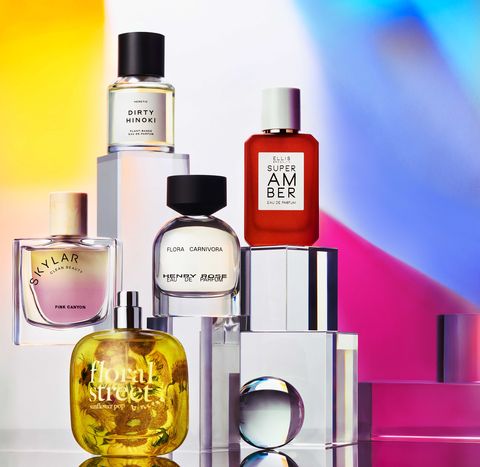
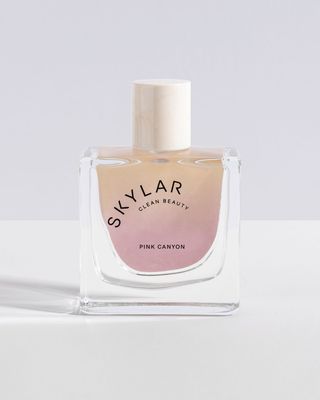
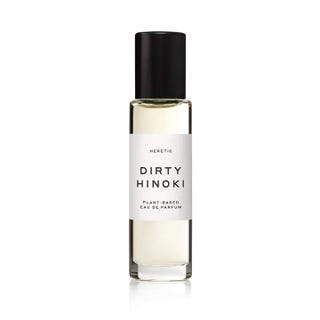
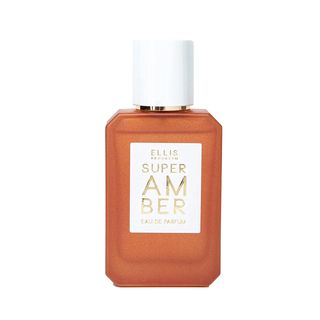
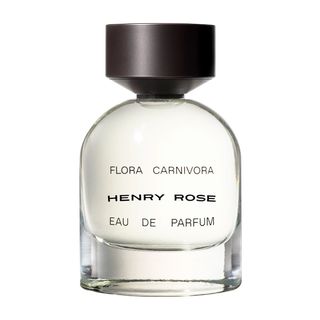
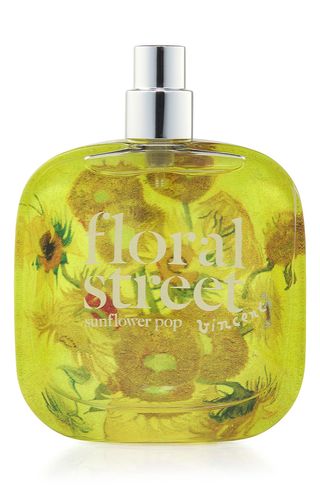
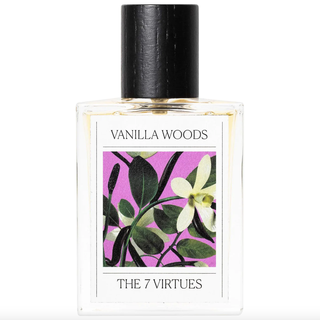
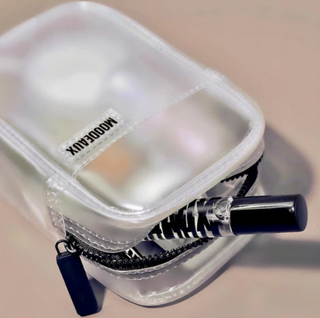
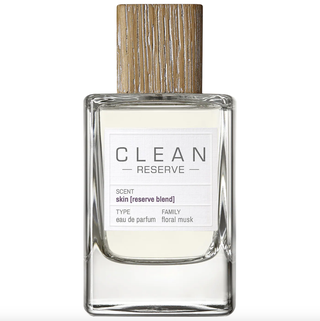
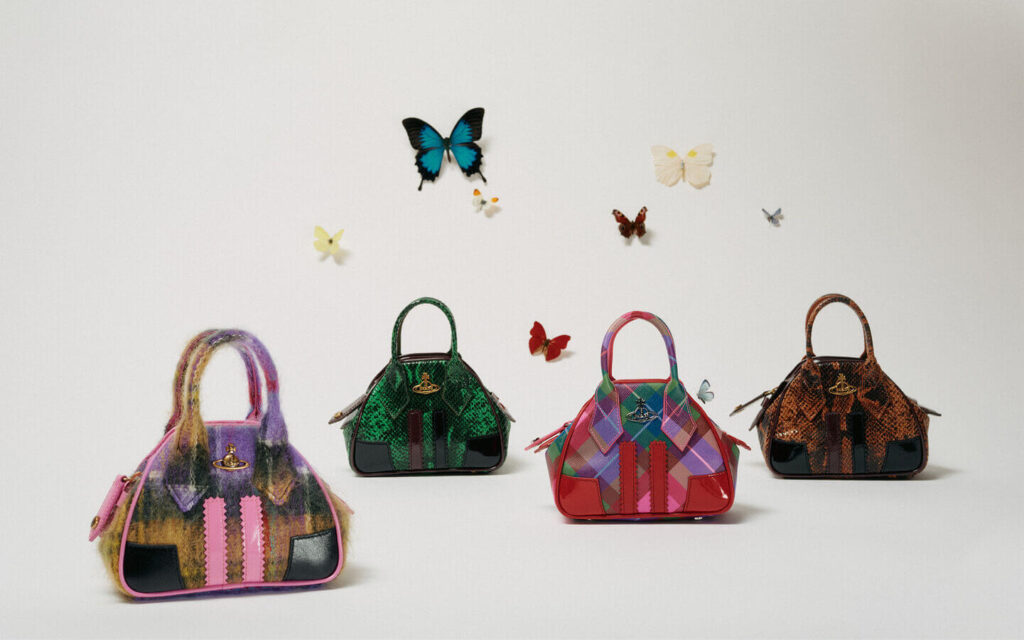



More Stories
Celebrity Fashion Trends That Ruled 2025
Best Dressed at the Oscars 2025
Top Streetwear Fashion Trends Dominating 2025